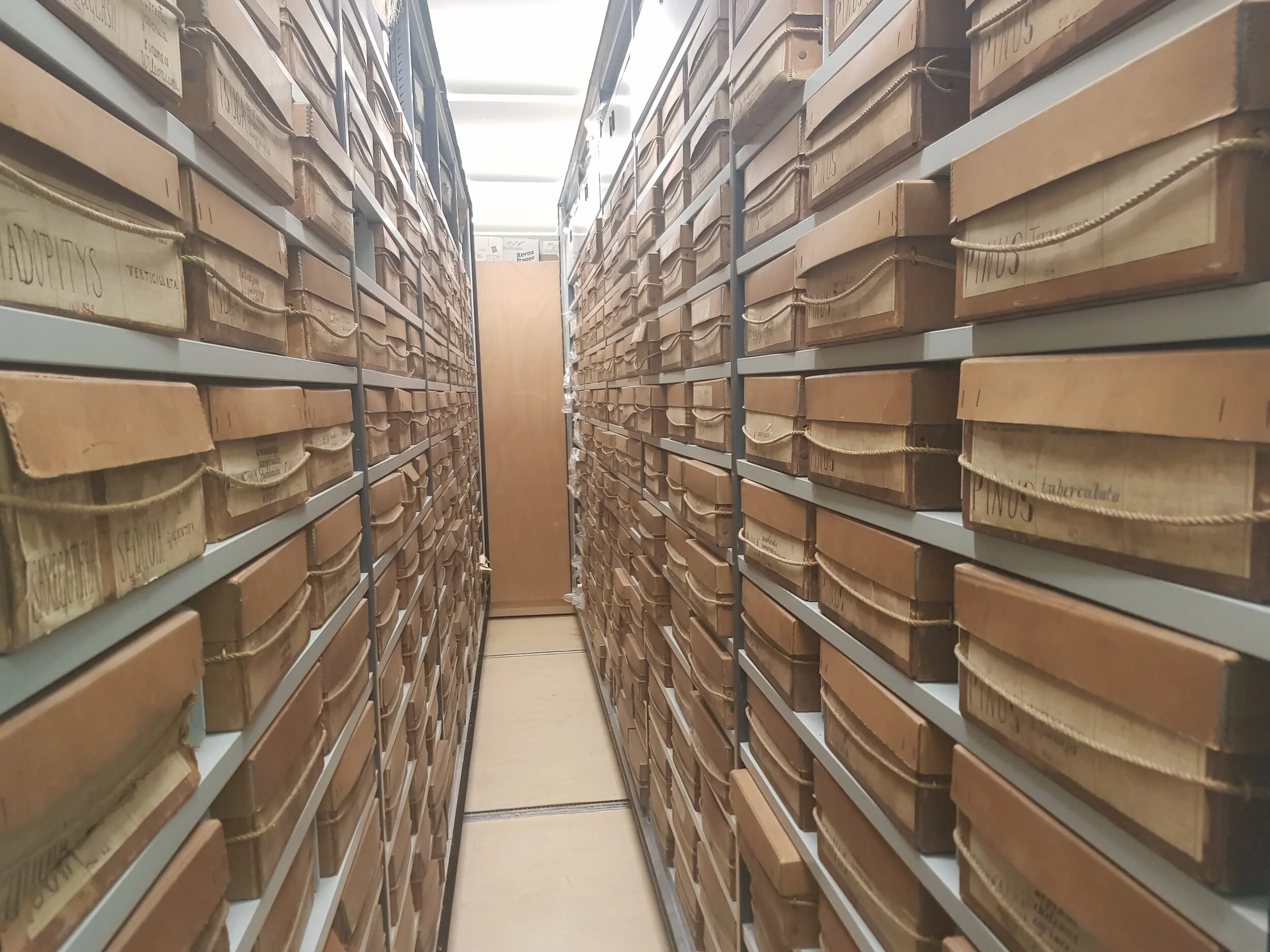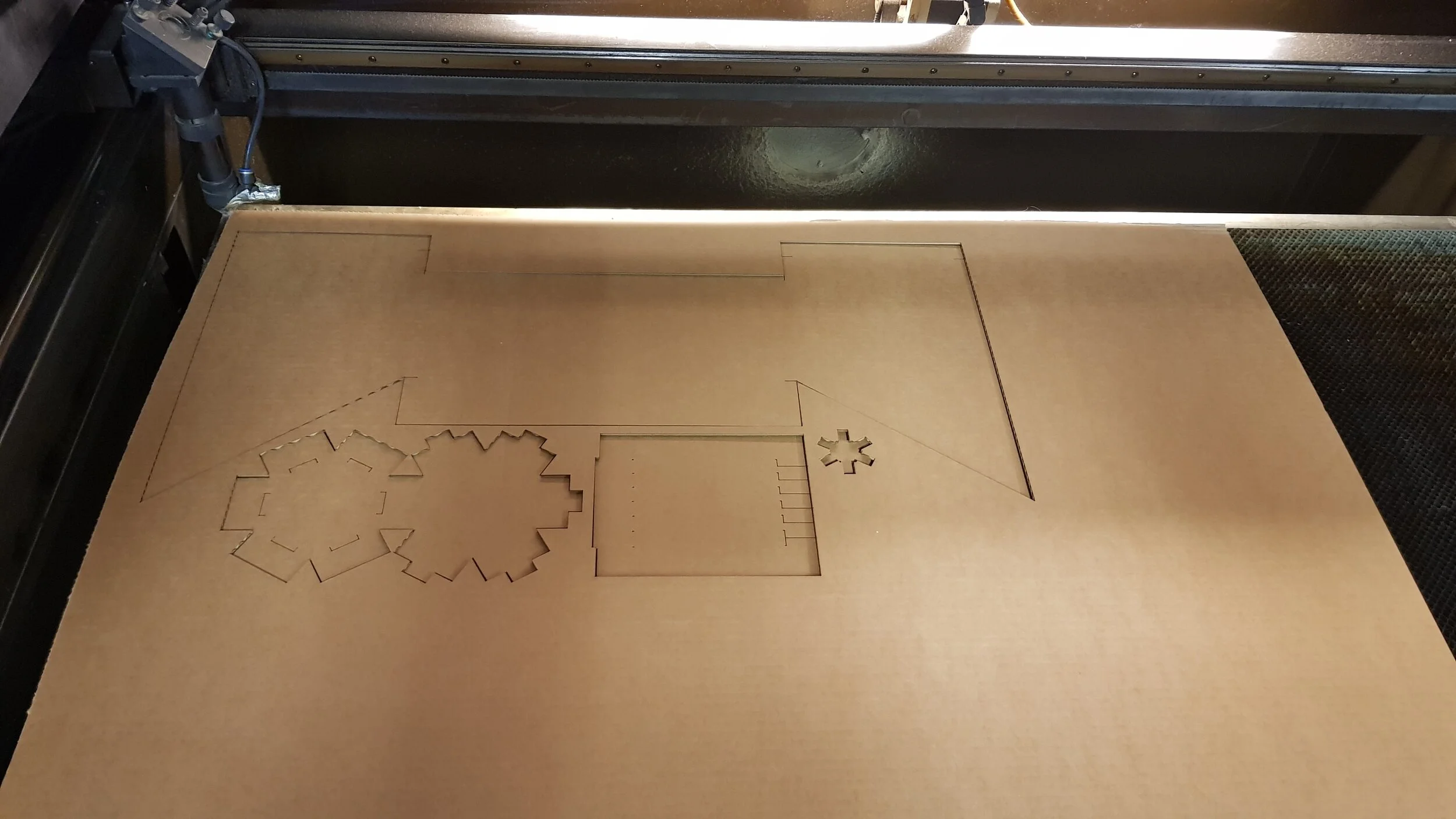
LIVING BOG SURVIVAL TOOLKIT
Discursive Design Project | 5 Weeks
Processing | Arduino | Illustrator
An interactive visual gateway to understanding a complex ecosystem. The Living Bog Survival Toolkit equips users with the tools to affect a living bog (freshwater wetland), and better understand it’s relationship with global warming.



RESEARCH
Exploring The Archives
Throughout this project I communicated with a Sphagnum moss expert in the National Botanic Gardens Herbarium archives, who familiarized me with the effects of the Sitka Spruce on Irish forest lands. Introduced to Ireland in the 19th Century as a means of reforesting the island, it quickly became a monoculture, and proved detrimental to bog lands, and subsequently, the atmosphere.

INSIGHTS
Contextualizing The Research
Our brief specified that our projects should be presented as a 'cabinet of curiosity'. I drew inspiration from classic arcade cabinets, with a variety of fun tactile inputs. Games increase in complexity as players advance, requiring a deeper understanding of interactions between game elements.


PROCESS
Assembling The Cabinet
With an ecologically conscious project like this, I needed to consider my use of materials responsibly. I chose cardboard for my case as it’s biodegradable.

My intention was to only use precision laser cutting and clever joinery to assemble it, but I ended up needing a little help from hot glue, unfortunately.

The ‘tools’ were inspired by the Nintendo Labo kits.

Building the internal mechanism to allow the tools to connect with the potentiometers required precision, and took multiple iterations.

PROGRAMMING
Making The Interaction
I used an Arduino and potentiometers for the input sensors, and processing to code the visualization. Had I the time and programming knowledge, I would have loved to make this more sophisticated.

Making sure everything fits and runs correctly.

The back of the cabinet frame needed to remain open so I could access the wires and arduino.